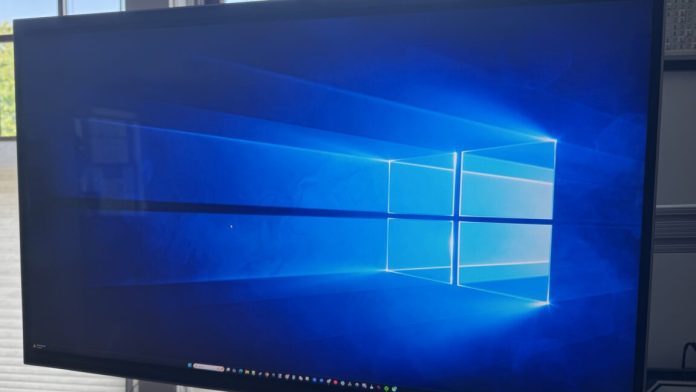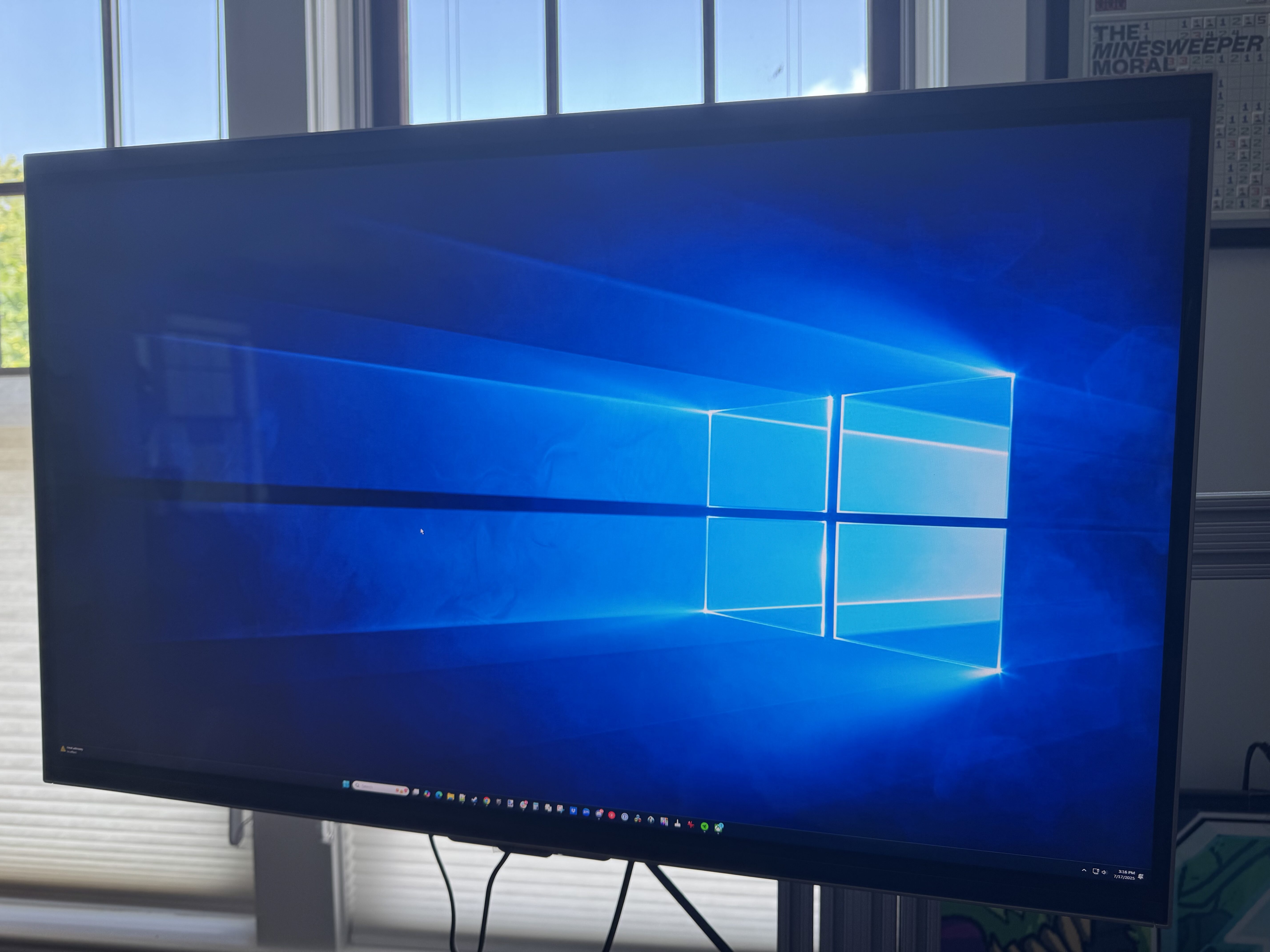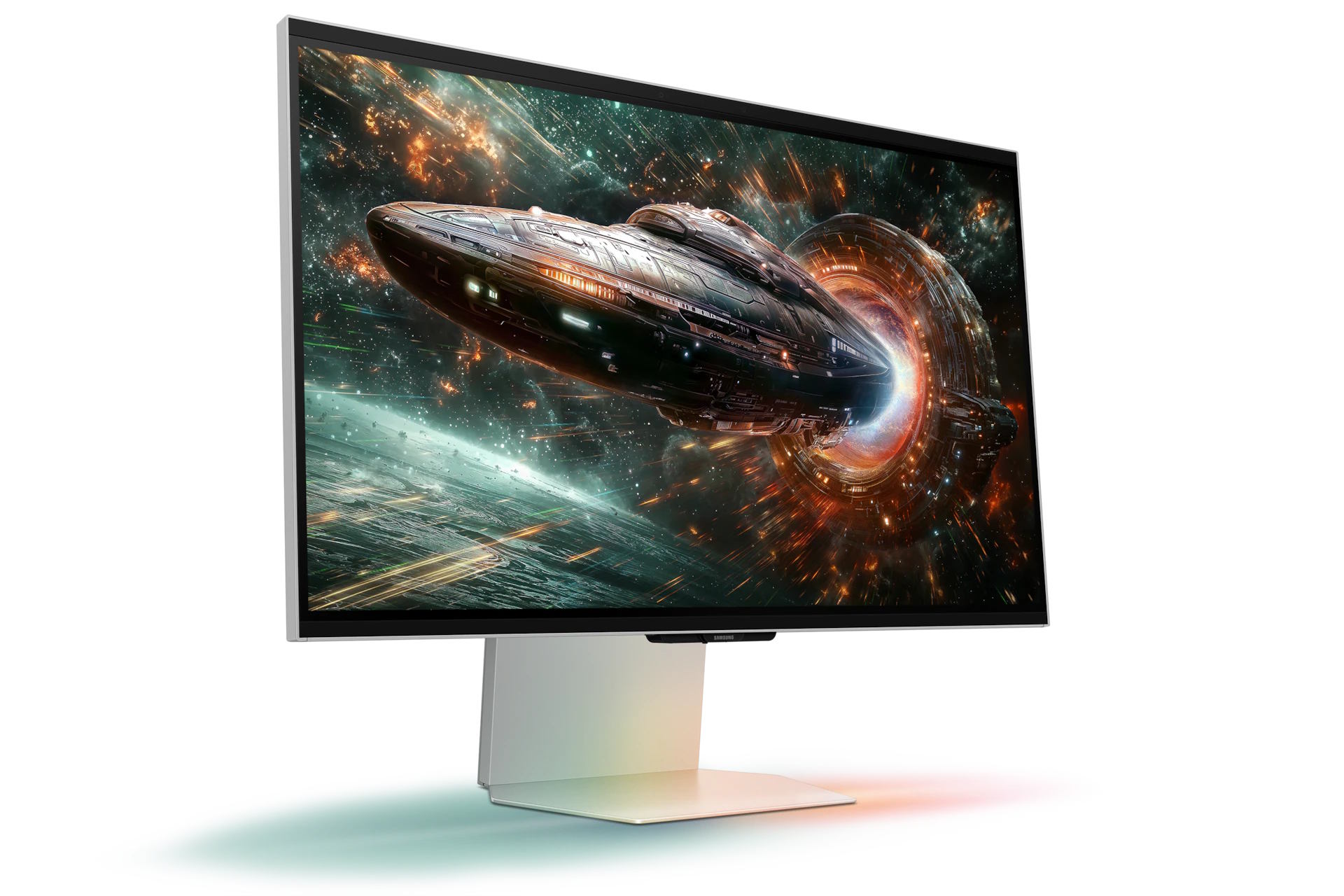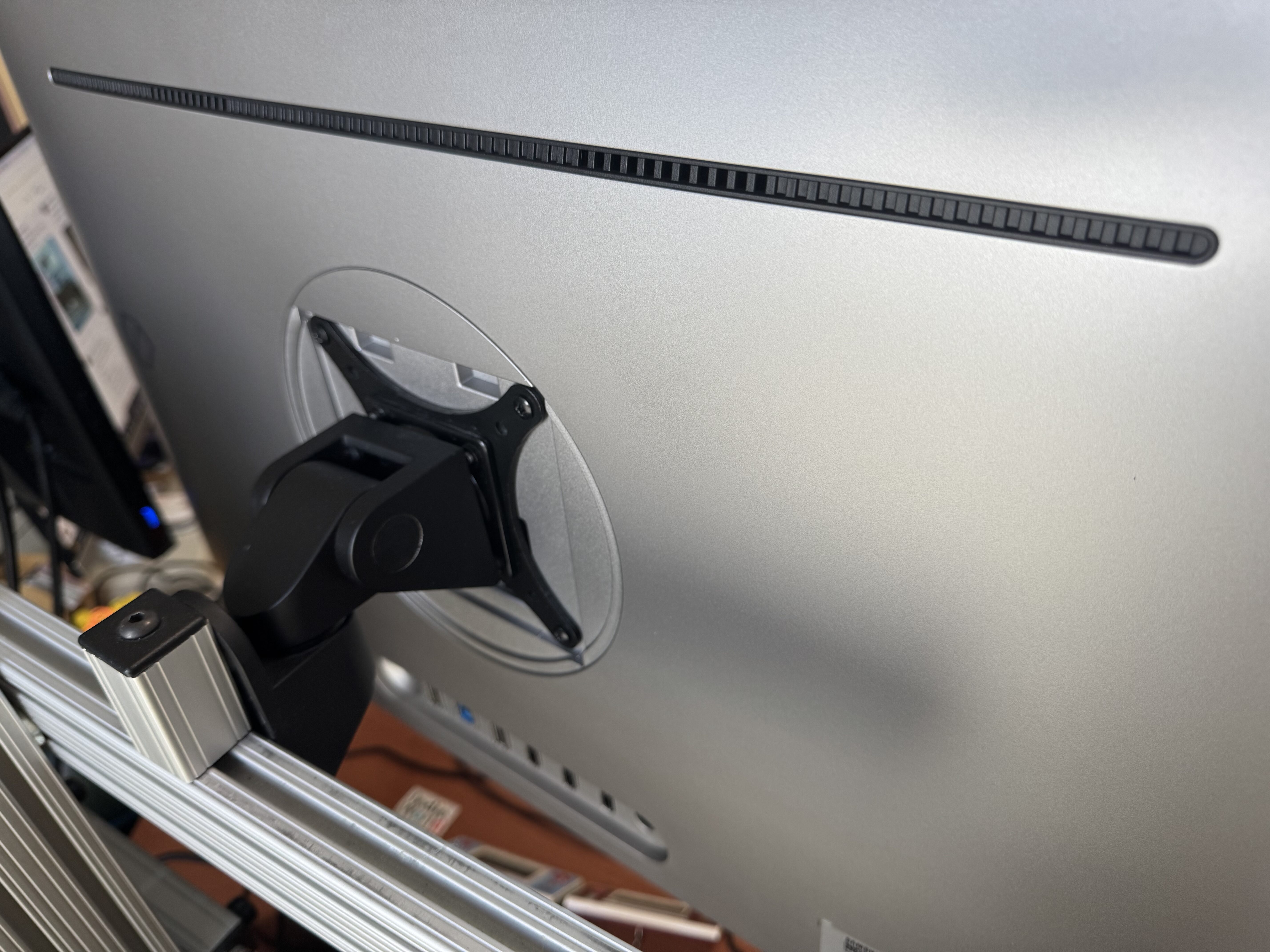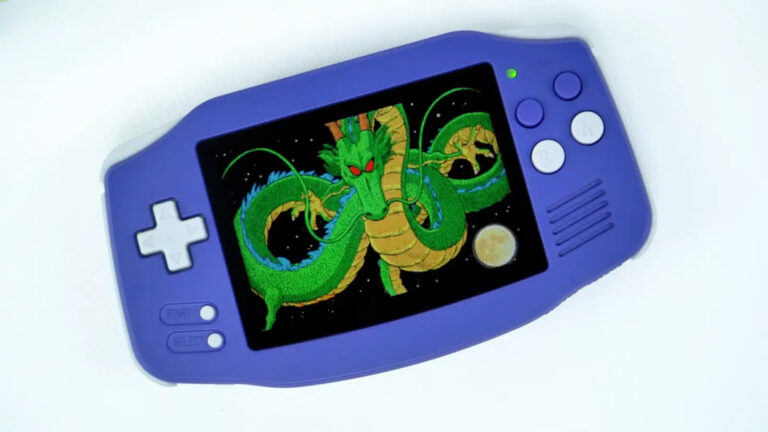| Specs at a glance: Samsung Odyssey 3D | |||
|---|---|---|---|
| Panel size | 27 inches | ||
| Resolution | 3840×2160 (stereoscopic 3D compatible) | ||
| Refresh rate | 165 Hz | ||
| Panel type and backlight | IPS, W-LED | ||
| Ports | 1x USB-B upstream, 1x USB-A downstream, 2x HDMI 2.1, 1x DisplayPort 1.4 | ||
| Size | 24.2 x 21.3 x 8.0 inches w/ stand (614.7 × 541 × 203.2 mm) |
||
| Weight | 16.5 lbs (7.48 kg) w/ stand; 10.4 lbs (4.72 kg) w/out stand |
||
| Warranty | 1 year | ||
| Price (MSRP) | $1,999 | ||
Gamers of a certain age will remember a period roughly 15 years ago when the industry collectively decided stereoscopic 3D was going to be the next big thing in gaming. From Nvidia’s “3D Vision” glasses system to Nintendo’s glasses-free 3DS to Sony’s 3D TV aimed specifically at gamers, major gaming companies put a lot of effort into bringing a sense of real depth to the flat video game scenes of the day.
Unfortunately for those companies, the stereoscopic 3D gaming hype faded almost as quickly as it rose; by 2012, most companies were scaling back their stereoscopic investments in light of underwhelming public demand (case in point: Nintendo’s pivot to the 3D-free 2DS line of portables). And while some stray upstarts have tried to revive the stereoscopic gaming dream in the years since, the idea seemed destined to be a footnote in gaming tech history.
Apparently, nobody told Samsung. The company announced the Odyssey 3D earlier this year, promising a glasses-free “light-field display” that could “create lifelike 3D images from 2D content by using a lenticular lens on the front panel.” As a gamer with fond memories of the 3DS—and a general interest in seemingly doomed technology trends of all types—I was intrigued, to say the least.
After testing the retail version of the Samsung Odyssey 3D at Ars’ orbiting HQ for a few weeks, I can say that the monitor delivers a stunning stereoscopic experience that reflects how much display technology has advanced in the last 15 years. Unfortunately, the limited selection of compatible games makes it hard to recommend to any PC gamer that doesn’t have a “money is no object” budget to throw at its $2,000 MSRP.
A jaw-dropping 3D effect
Like previous glasses-free stereoscopic displays, the Odyssey 3D uses a thin, adjustable lenticular layer to direct slightly different images to each eye, resulting in a convincing sense of true depth that standard monitors can’t provide. The Odyssey 3D comes with a built-in eye-tracking camera at the top, which does a good job quickly adjusting that lenticular positioning even as you move your head outside of the “sweet spot” directly in front of the display’s center. When playing a stereoscopic game, you can also use keyboard shortcuts to adjust the apparent depth so it feels comfortable for your particular eyesight and interpupillary distance.
The 3D effect is notoriously hard to capture in a 2D image, so enjoy this flat promotional image from Samsung instead.
Credit: Samsung
The 3D effect is notoriously hard to capture in a 2D image, so enjoy this flat promotional image from Samsung instead. Credit: Samsung
If your only experience with glasses-free stereoscopic 3D is the small, low-resolution display on the 3DS, the sheer impact of seeing a similar effect on the Odyssey 3D for the first time is hard to overstate. The overall impression is like looking into a magic diorama filled with animated characters come to life. The screen becomes merely the front panel through which you view this “magic box” scene, which seems to recede into the space behind the monitor in a way that can be a bit brain-breaking at first. After immersing yourself in the Odyssey 3D’s stereoscopic 3D for a while, though, going back to a 3D game projected on a flat 2D plane feels a bit washed out and lifeless.
Much of the Odyssey 3D’s stereoscopic impact comes down to its specs. A base 4K resolution and 165 Hz refresh rate means it can deliver a sharp and smooth 1080p image to each eye in stereoscopic mode, eliminating a lot of the blurriness and judder you might remember from the 3D displays of yesteryear. Add in a 27-inch diagonal display size that takes up a large portion of your field of vision (at desk distances), and it feels like you’ve been transported to an alternate reality where the industry has been consistently improving stereoscopic displays through over a decade of R&D.
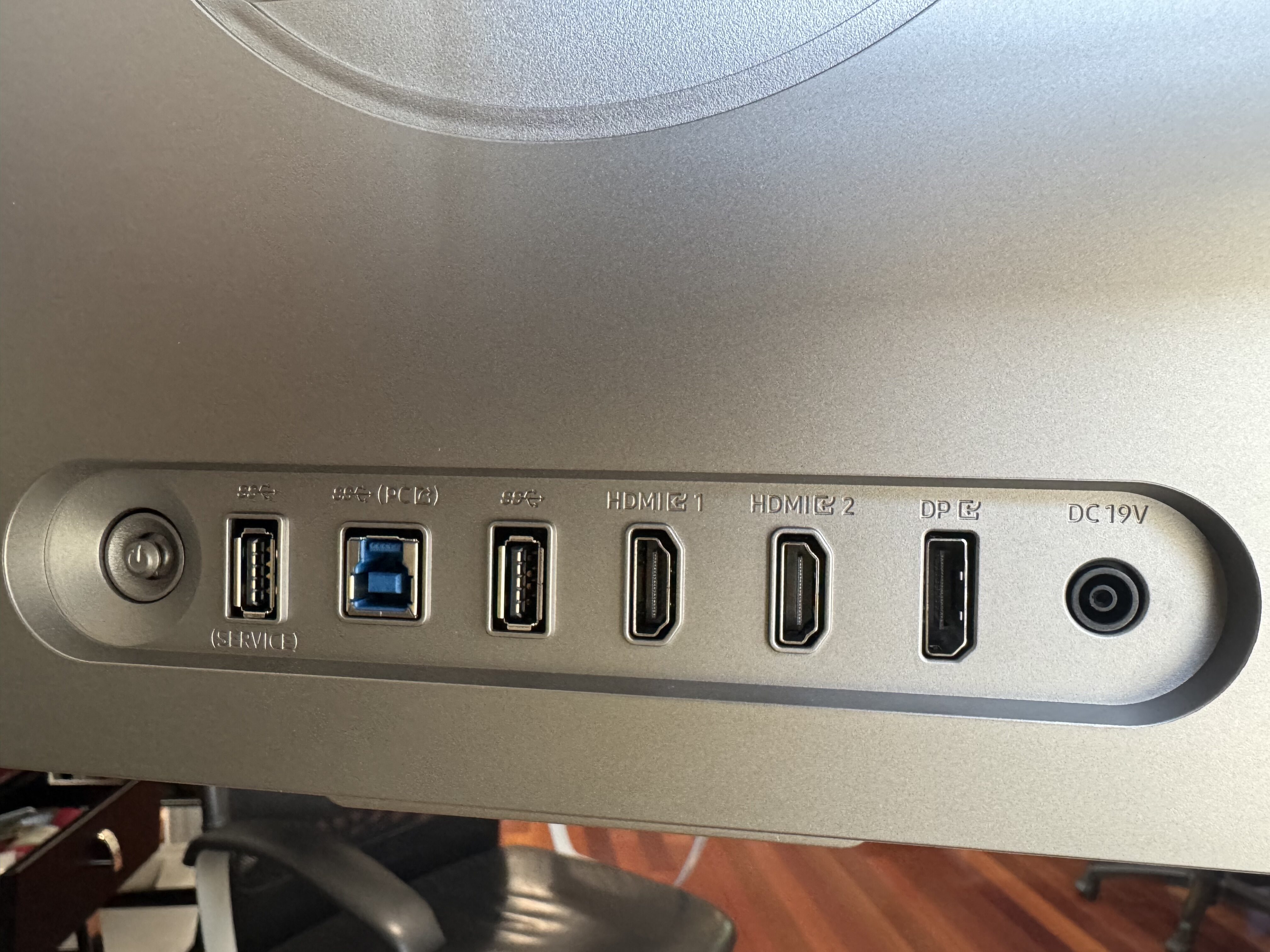
A collection of ports in the rear of the monitor.
While the stereoscopic effect was overall comfortable for long periods in my tests, my eyes did have a bit of trouble focusing during occasional scenes where objects in the foreground end up obstructing the main game action in the background, such as errant blades of grass flitting in front of the camera in Stray. When this happens, the extreme difference in vergence between the foreground objects and the background characters right next to them on the screen can create a blurry, eye-crossing distraction. While this effect is rare and short in most games I tested, it can be very uncomfortable when it does occur.
Limited compatibility
As impressive as the stereoscopic gaming experience is on the Odyssey 3D, it’s also an experience that’s disappointingly limited to a handful of games at the moment. The Samsung Reality Hub app—which you have to use to launch any stereoscopic content—currently only supports 14 titles, ranging from some recent hits (Lies of P, Palworld) to retro classics (three remastered Grand Theft Auto Definitive Edition games) to a few you’ve like never heard of (Wigmund, The First Berserker: Khazan).
Even if you somehow own all 14 of these titles, that still means your fancy new monitor’s best feature can only be used on a minuscule subset of your PC gaming library. That’s more than a bit galling in a monitor that costs two to four times as much as flat 2D displays with similar specs.
A rear speaker grill, for those who don’t have external speakers. Credit: Kyle Orland
Using the required Samsung Reality app to even launch those few games is also an unnecessarily annoying experience, thanks to a bloated, overly busy stereoscopic front-end that caused my graphics card to spin up like a jet engine even before launching a game (Samsung recommends a GTX 3080 or higher to power the app and any stereoscopic games, but it didn’t complain about my GTX 2080). Even after awkwardly registering my monitor-compatible games through the app, I often found they simply wouldn’t launch in 3D through the app unless I reset my entire system, for some reason.
Aside from those handful of games, the only other “3D” option on your Odyssey 3D is watching 2D videos that have been given stereoscopic depth through an “AI-powered” algorithm. This worked better than I expected on the handful of YouTube videos I tested, but the 3D effect makes people and objects look a bit like cardboard cutouts arranged awkwardly in front of a flat background in the middle distance. That’s a far cry from the convincing sense of depth you see in supported games. And while the effect is more impressive in side-by-side videos designed specifically for stereoscopic display, it can be hard to find full-length 3D films that actively support that display standard.
Chicken meets egg
While wider gaming compatibility for the Odyssey 3D could theoretically be coming down the road, adding that support would require active work by developers and publishers, which seem unlikely to put a lot of resources behind a niche stereoscopic standard that’s currently only supported by one high-priced monitor. The potential audience that could justify this kind of development work seems unlikely to grow beyond a small niche until there are many more supported games to justify the purchase.
The only way out of that kind of chicken-and-egg support problem would be for Samsung to work with graphics card and/or game engine makers to add more or less automatic stereoscopic support to a wide swathe of current games, in a way similar to Valve’s Proton layer automatically adding functional Linux support to thousands of Windows games. Without that kind of broad-based solution, even a great stereoscopic experience like that on the Odyssey 3D seems destined to be yet another footnote in gaming tech history.
Kyle Orland has been the Senior Gaming Editor at Ars Technica since 2012, writing primarily about the business, tech, and culture behind video games. He has journalism and computer science degrees from University of Maryland. He once wrote a whole book about Minesweeper.
